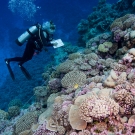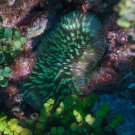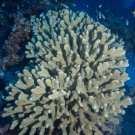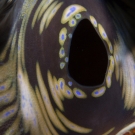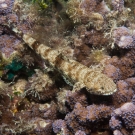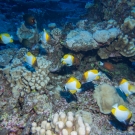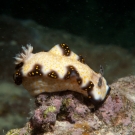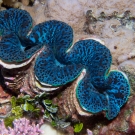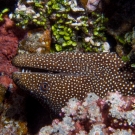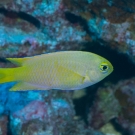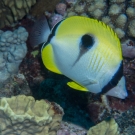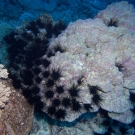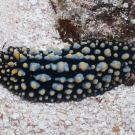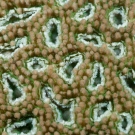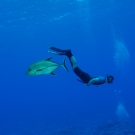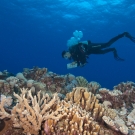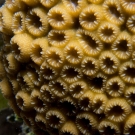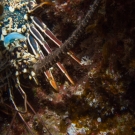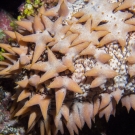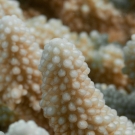Austral Islands, French Polynesia
In April of 2013, the Khaled bin Sultan Living Oceans Foundation conducted a research mission to the Austral Islands in French Polynesia as part of the Global Reef Expedition. The Austral Islands are the southernmost group of islands in French Polynesia, and are comprised of two different archipelagos: the Tubuai Islands and the Bass Islands. Our research focused on the Tupua’i Islands, and we surveyed the islands of Maria Oeste, Raivavae, Rimatara, Rurutu, and Tubuai.
We conducted coral reef research and assessments of the coral communities, and found that the reefs at Raivavae and Tubuai were unusual compared to the other reefs of French Polynesia. Unlike the other fore reef communities, these islands were surrounded by a very wide shelf that extended from the reef crest to hundreds of meters offshore, before plunging steeply to the depths. In addition to an unusual reef structure, we also found an unusual massive coral that we had not seen before and another unique coral which forms potato-chip shaped colonies.
The reefs of Rurutu were a different story altogether. Decimated by a bad outbreak of crown of thorns starfish in 2006 to 2007, the reefs were nearly devoid of living coral. Very little tissue was remaining on the coral colonies, and there were few baby corals present, meaning recovery of these reefs could take decades. The situation on the island of Rimatara was similar, with virtually no living corals due to a recent outbreak of crown of thorns starfish. The outlook, however, is better–tissue remnants from the coral colonies suggest the reefs may recover more quickly here. Because both islands are so small and were so severely devastated, new corals will have to come from an outside source. The closest island, Tubuai, has a very healthy coral population, which could provide new corals to recolonize the ruined reefs–but it may take some time.
We also participated in the BIOCODE project, which aims to create the first comprehensive inventory of all non-microbial life in French Polynesia. A library of genetic markers and physical identifiers for every species of plant, animal, and fungi are being constructed, and the species databases will be publicly available as a resource for scientists around the world. Barcoding has already taken place at Moorea, Gambier, and Marquesas, and thanks to our involvement, now the Austral Islands as well.
Our research in the Austral islands resulted in surveying more than 300 species and the collection of specimens from 14 new species that will be described in the coming years. We also recorded new occurrences for many species previously unreported from the Austral Islands. The samples will be analyzed genetically and our findings will be made available internationally on the FISHBOL database. With over 5,000 vouchered fish samples completed, our findings are helping to supply one of the most extensive marine species databases of fishes worldwide for a region as large as French Polynesia.
